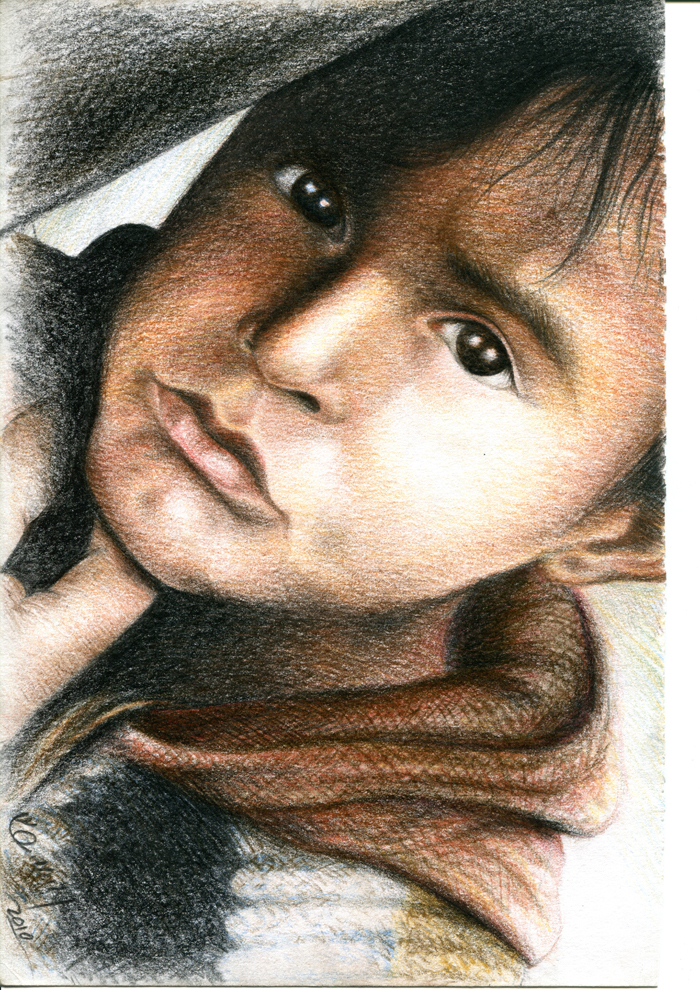
Doomed to a legal black hole
Last week the Coalition announced that under their governance they would scrap the review process introduced by Labor in October 2012 for asylum seekers given adverse ASIO assessments to have them appealed. This move would mean that ASIO would be able to brand refugees a security risk to Australia, they would not have to reveal the information they used to come to this conclusion, and would have completely unconstrained powers to lock people away in indefinite detention without them ever being informed why, effectively condemning people to legal obscurity.
This move comes after Ranjini, a Sri Lankan woman having been deemed a genuine refugee, was called by DIAC in May 2012 after having lived in suburban Melbourne with her new husband for 12 months, to be informed that she had failed her final security clearance. Ranjini was given five minutes to say goodbye to her husband, before she and her two sons were taken by security staff to be incarcerated in Villawood Detention Centre. After 2 days in the detention facility it was confirmed that Ranjini was pregnant with her third child. The adverse assessment is assumed to have been made as her former husband, who was killed during Sri Lanka’s civil war, was a driver for Tamil Tigers.
Think for a minute if Ranjini wasn’t a refugee, if she was someone who had been born in Australia, who one day received a call being told she was a risk to Australia’s security. Ranjini was given no reasoning for her detention, and has no knowledge of what the charges are against her. She received no trial. There was no innocent before being proved guilty, and no opportunity to be able to state her case.
Niromi de Soyza, the author of Tamil Tigress, came to Australia by plane on a student visa in 1990 before seeking asylum. She openly declared that she had fought for the Tamil Tigers and had been trained in the use of firearms. Whilst de Soyza’s asylum claim was granted, she suspects that if she had come by boat in recent years she, too, would have been given an adverse ASIO assessment and insists the driving motivation of Tamils who fled to Australia is to get away from violence and trauma – not perpetuate it or seek revenge. What this so aptly demonstrates is the ridiculousness in the different treatment of people who arrive by plane and boat in Australia – does people’s desperation, financial situation, class or caste make them any less worthy of protection?
Whilst the review process of these adverse assessments proposed by Labor was introduced in October 2012, still no reviews have been carried out. This inaction appears to be the pervasive theme around the asylum seeker debate over the last couple of months. Whilst there has been much slinging between the two major parties, little action has been taken. The pleas from Doug Cameron 6 months ago are the same pleas we can be calling of the government today – to quickly spell out when it will lift the refugee intake to 20,000, what arrangements it will set up so the Labor caucus can monitor offshore detention sites, and when it will deliver on the regional framework that the Houston panel said was vital. It appears that the government has managed to move very quickly on all the punitive aspects of the Houston report, but has made very few moves to undertake the positive measures it accepted in principle.
As the PNG legal challenge against the Australian detention centre on Manus Island plays out today for being “against the Papua New Guinea constitution which states that no person can be detained indefinitely unless they have committed a crime”, it will be interesting to see if this small island nation can demonstrate more humanism and political leadership than Australian politian’s have for the last decade.
Top image by Syed Ruhollah Musavi, ‘Afghan Refugee 2’, as part of the Refugee Art Project – www.therefugeeartproject.com
Leave a reply


Connect with us
Need help from the ASRC? Call 03 9326 6066 or visit us: Mon-Tue-Thur-Fri 10am -5pm. Closed on Wednesdays.